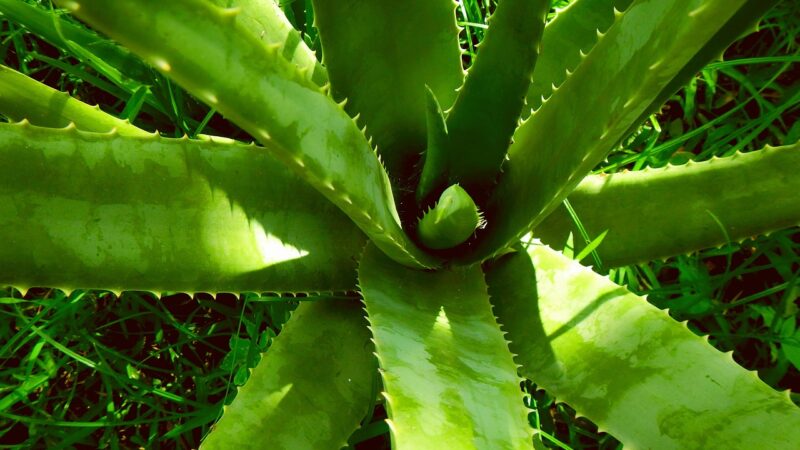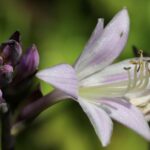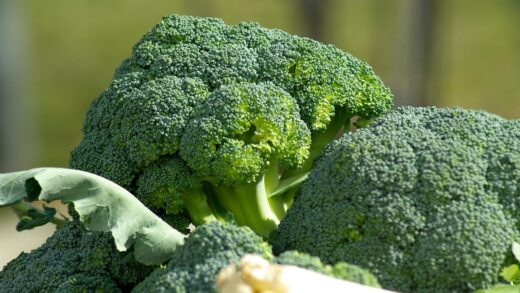The watering and fertilizing of aloe vera

Watering and fertilizing are two of the most crucial aspects of successfully cultivating a healthy and thriving Aloe vera plant. These succulents are renowned for their ability to withstand dry conditions, a trait that is a direct result of their evolutionary history in arid climates. This inherent drought tolerance, however, often leads to a common and fatal mistake among caretakers: overwatering. The roots of the Aloe vera are particularly susceptible to rot when they are left in waterlogged soil for extended periods. Therefore, understanding the delicate balance of providing enough moisture for growth without creating an environment conducive to decay is fundamental to the plant’s well-being.
The key to proper watering lies in a deep understanding of the plant’s natural cycle and the environment in which it is being grown. Aloe vera enters a period of dormancy during the cooler, darker months of autumn and winter, during which its water requirements are significantly reduced. Conversely, during the active growing season of spring and summer, when there is more light and warmth, the plant will require more frequent watering to support its growth. The type of pot, the soil mixture, and the ambient humidity and temperature all play a role in how quickly the soil dries out, and thus, how often the plant needs to be watered.
Fertilizing, on the other hand, is a less frequent but equally important task. Aloe vera is not a heavy feeder and can thrive in nutrient-poor soil. However, a little extra nutrition during the growing season can encourage more robust growth and a healthier appearance. Over-fertilizing is a significant risk, as it can lead to a buildup of salts in the soil, which can burn the roots and damage the plant. A diluted, balanced fertilizer applied sparingly is all that is needed to keep your Aloe vera happy.
Ultimately, the best approach to watering and fertilizing your Aloe vera is to be observant and responsive to the plant’s needs. There is no one-size-fits-all schedule that will work for every plant in every situation. By paying close attention to the condition of the soil, the appearance of the leaves, and the time of year, you can develop a routine that is tailored to the specific needs of your plant, ensuring its health and longevity for years to come.
The art of watering
The most important rule to remember when watering Aloe vera is to let the soil dry out completely between waterings. This mimics the natural rainfall patterns in its native habitat, where it would experience periods of drought followed by heavy rain. A good way to check the soil moisture is to insert your finger about 5-7 centimetres deep into the soil. If it feels dry at that depth, it is time to water. If it still feels moist, it is best to wait a few more days and check again.
More articles on this topic
When you do water, do so thoroughly and deeply. Pour water evenly over the surface of the soil until it begins to drain out of the bottom of the pot. This ensures that the entire root ball is saturated and encourages the roots to grow deep into the pot. After watering, it is crucial to empty any excess water from the saucer or tray beneath the pot. Allowing the plant to sit in standing water is a sure-fire way to cause root rot.
The frequency of watering will vary depending on several factors. During the spring and summer, when the plant is actively growing, you may need to water every two to three weeks. In the autumn and winter, when the plant is dormant, you may only need to water once a month or even less. Factors such as the size of the pot, the type of soil, the amount of light the plant receives, and the temperature and humidity of your home will all influence how quickly the soil dries out.
It is also important to consider the type of water you are using. Tap water can sometimes contain high levels of chlorine or other minerals that can build up in the soil over time and harm the plant. If you have hard water, it is a good idea to let it sit out for 24 hours before using it to allow the chlorine to dissipate. Alternatively, you can use filtered or distilled water, or rainwater, which are all excellent choices for your Aloe vera.
Fertilizing for optimal growth
Aloe vera is a light feeder and does not require a lot of fertilizer to thrive. In fact, it is better to under-fertilize than to over-fertilize this plant. A single application of fertilizer in the spring, at the beginning of the growing season, is usually sufficient for the entire year. This will provide the plant with the nutrients it needs to support new growth without overwhelming it.
More articles on this topic
When choosing a fertilizer, look for a balanced, all-purpose liquid fertilizer with a ratio such as 10-10-10 or 20-20-20. It is essential to dilute the fertilizer to half-strength or even quarter-strength before applying it to your Aloe vera. A full-strength fertilizer can be too potent and can burn the plant’s roots. Always follow the instructions on the fertilizer package for the correct dilution ratio.
Apply the diluted fertilizer to the soil after you have watered the plant. Never apply fertilizer to dry soil, as this can scorch the roots. The water helps to distribute the fertilizer evenly throughout the soil and makes it easier for the plant to absorb the nutrients. Avoid getting the fertilizer on the leaves of the plant, as this can cause them to burn.
During the autumn and winter months, when the Aloe vera is dormant, you should not fertilize it at all. The plant is not actively growing during this time and does not need the extra nutrients. Fertilizing during dormancy can lead to a buildup of salts in the soil, which can damage the roots and negatively impact the plant’s health when it begins to grow again in the spring.
Recognizing the signs of improper watering
One of the best ways to know if you are watering your Aloe vera correctly is to pay attention to the signs it gives you. The leaves of a well-hydrated Aloe vera will be plump, firm, and a healthy green colour. If the leaves start to look thin, wrinkled, or curled, it is a sign that the plant is thirsty and needs a good watering. The leaves may also start to grow downwards or flatten out instead of pointing upwards.
On the other hand, the signs of overwatering can be a bit more subtle at first, but they are much more serious. Yellowing or browning leaves, especially those at the base of the plant, can be an early indicator of overwatering. The leaves may also feel soft and mushy to the touch. In advanced cases of root rot, the base of the plant may become black or brown and start to decay. You may also notice a foul, musty smell coming from the soil.
If you suspect you have overwatered your plant, it is important to act quickly to save it. Remove the plant from its pot and inspect the roots. If they are brown, black, and mushy, they are rotten and need to be trimmed off. Cut back to healthy, white root tissue. Repot the plant in fresh, dry, well-draining soil and do not water it for at least a week to allow the roots to heal.
To prevent watering issues in the future, it is always better to err on the side of underwatering than overwatering. Aloe vera is much more likely to recover from a period of drought than it is from root rot. By learning to read the signals your plant is giving you, you can provide it with the right amount of water to keep it healthy and thriving.
The role of soil in watering and fertilizing
The type of soil you use for your Aloe vera plays a critical role in how you should water and fertilize it. Aloe vera requires a soil mix that is extremely well-draining. A dense, heavy soil that retains a lot of water will quickly lead to root rot, no matter how carefully you water. A good quality cactus or succulent mix is designed to provide the excellent drainage that these plants need.
If you are mixing your own soil, be sure to include plenty of materials that improve drainage and aeration, such as coarse sand, perlite, pumice, or gravel. These materials create air pockets in the soil, which allow water to flow through freely and prevent the soil from becoming compacted. A good mix might consist of one part potting soil, one part coarse sand, and one part perlite.
The soil also affects how you should fertilize your plant. A nutrient-rich soil may not require any additional fertilizer for a year or two. On the other hand, a very sandy or gritty mix may not hold onto nutrients as well, so you may need to fertilize more frequently, perhaps twice during the growing season. However, even with a fast-draining mix, it is still important to dilute the fertilizer to prevent burning the roots.
Over time, the soil in your pot can become depleted of nutrients and compacted, which can affect the health of your plant. That is why it is important to repot your Aloe vera every two to three years with fresh soil. Repotting not only gives the plant more room to grow but also replenishes the nutrients in the soil and improves its drainage and aeration. This is a great time to inspect the roots and ensure they are healthy.

















